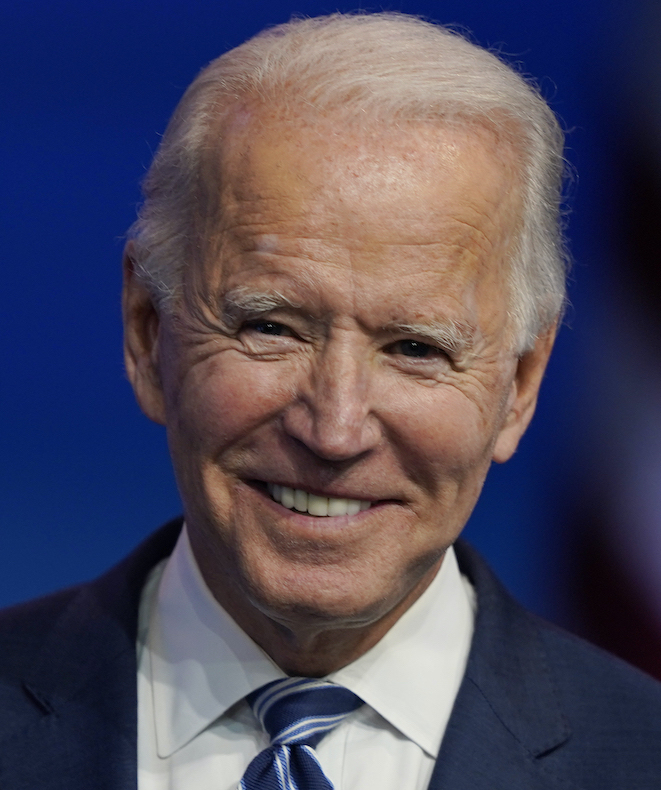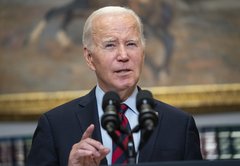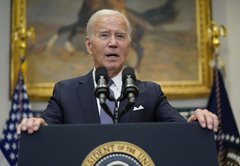Forgive student loan debt from public colleges and universities
Joe Biden
"Forgive all undergraduate tuition-related federal student debt from two- and four-year public colleges and universities and private HBCUs and MSIs for debt-holders earning up to $125,000."
Biden Promise Tracker

In the Works



